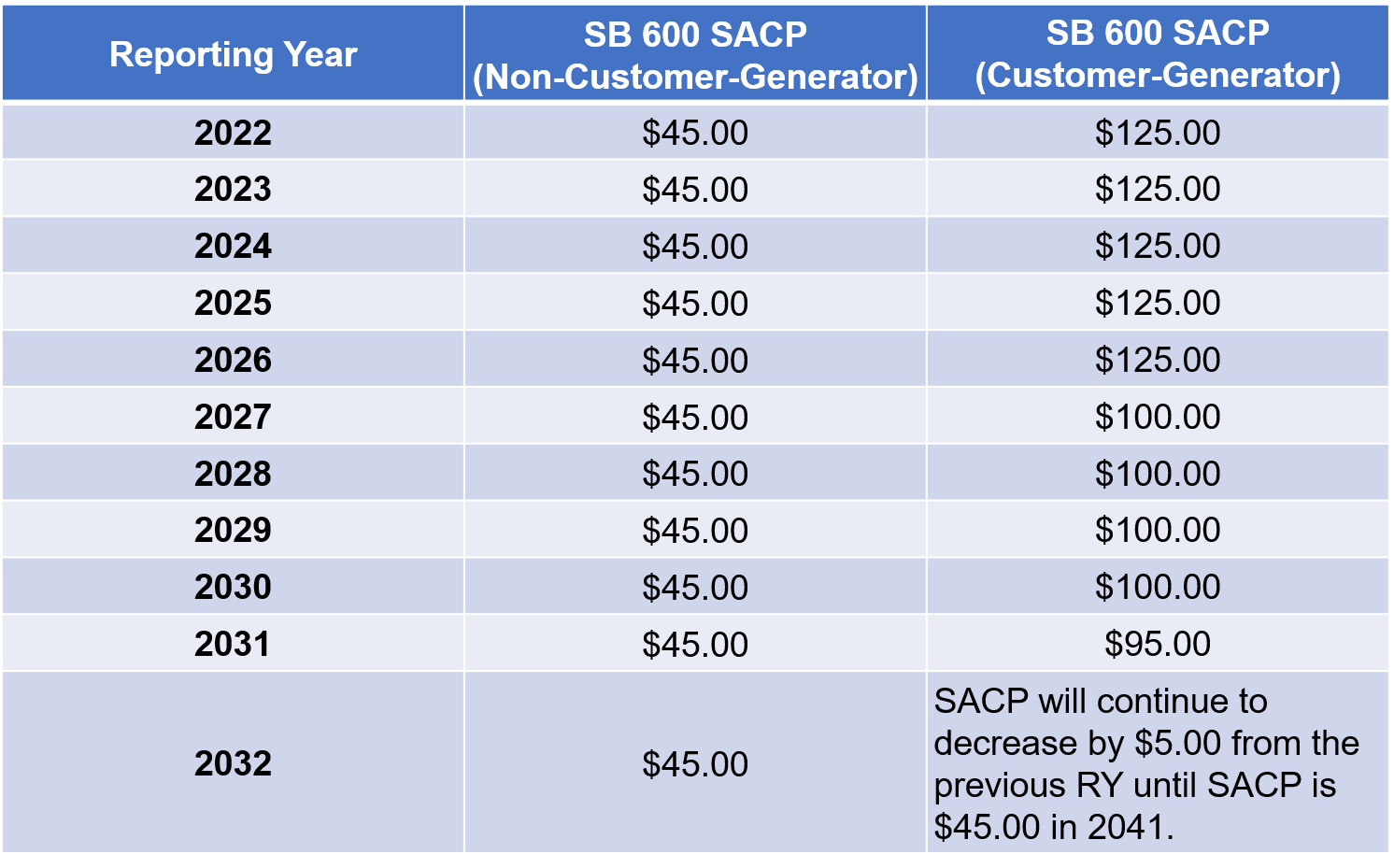In March, the Virginia Legislature has been working on a bill (HB1883) to amend the state Renewable Energy Portfolio Standard (RPS) program requirements. The bill passed in the House and Senate, and last week, Governor Youngkin returned the bill with substitutions to be reviewed and approved.
What was in the original bill?
Here are the key amendments made to the Virginia RPS that impact the SREC market:
- Utilities were originally required to source 75% of the REC requirement from in-state sources starting in 2025. This bill pushed that requirement to start in the 2027 compliance year.
- The carve-out for solar, wind, and anaerobic digestion resources was increased from 1% to 3% in 2026, 5% in 2028, with an ongoing three-year assessment by the Commission to begin with the 2029 – 2031 compliance years, based on the availability of RECs and future market expansion.
- The maximum size of a project at a single location, owned by a single entity, was increased from 1 MW to 3 MW.
What are the governor’s proposed substitutions?
In his substitutions, the governor made the following sweeping change:
- There will be no requirement to procure and retire RECs for RPS compliance from 2024 to 2027.
What to expect next:
Since the governor returned the bill without signature, the legislature will now have the opportunity to reject or accept his changes. Should the amendments be rejected, the governor will again have the opportunity to veto the bill.
- If the bill is vetoed, the RPS will remain as is, with the in-state requirement of 75% beginning in 2025, and the carve-out remaining at 1%.
- If the amendments are accepted, there would be no requirement to procure RECs until 2028, changing the market in those years from compliance to voluntary, effectively eliminating a REC market in VA until 2028.
As the legislature deliberates the governor’s amendments, SRECTrade and other stakeholders in the renewable energy sector are closely monitoring the implications for the state’s SREC market. The resolution of these amendments will shape the trajectory of Virginia’s renewable energy landscape, influencing both short-term strategies and long-term goals for sustainable growth and compliance.
Tweet







